

It is estimated that, while England my have contained more than 4000 castles at one time, only 800 survive with visible remains. Of these, just over 300 have surviving stone or brick works. It was while on a meeting in Cambridge in the late 80s that I had the opportunity to see my first castle. For a map of the Castles below click here.

| County Castles(Ruins) | County Castles(Ruins) | County Castles(Ruins) |
|---|---|---|
| Bedfordshire 21(21) | Greater Manchester 9(9) | Rutland 5(5) |
| Berkshire 7(6) | Hampshire 18(15) | Shropshire 54(45) |
| Bristol 1(1) | Herefordshire 44(36) | Somerset 23(17) |
| Buckinghamshire 14(14) | Hertfordshire 10(10) | South Yorkshire 11(11) |
| Cambridgeshire 21(18) | Isle of Wight 5(1) | Staffordshire 11(8) |
| Cheshire 19(18) | Isles of Scilly 5(3) | Suffolk 14(14) |
| Cornwall 20(13) | Kent 39(25) | Surrey 11(11) |
| County Durham 18(8) | Kingston upon Hull 15(10) | Tyne and Wear 7(6) |
| Cumbria 69(35) | Leicestershire 16(15) | Warwickshire 18(15) |
| Derbyshire 20(17) | Lincolnshire 25(20) | West Midlands 9(7) |
| Devon 30(21) | Merseyside 5(3) | West Yorkshire 10(9) |
| Dorset 16(11) | Norfolk 20(18) | Wiltshire 16(14) |
| East Sussex 9(7) | North Yorkshire 53(40) | Worcestershire 11(7) |
| Essex 13(11) | Northumberland 83(47) | Yorkshire, East Riding 10(10) |
| Gloucestershire 27(23) | Nottinghamshire 12(11) | Yorkshire, North Riding 53(40) |
| Greater London 5(4) | Oxfordshire 22(20) | |
| Data from https://en.wikipedia.org/wiki/List_of_castles_in_England | ||
Sudeley Castle, a Stone Keep Castle, is located in the Cotswolds, near to the medieval market town of Winchcombe, Gloucestershire. Construction on the castle began in 1443 by Ralph Boteler on the site of a 12th century manor house. During the Wars of the Roses, Boteler was, unfortunately, a supporter of the Lancastrians and was forced to sell the castle to the victorious King Henry VII. His son, Kenry VIII visited the castle a number of times. After his death, Henry's son granted Sudeley Castle to Sir Thomas Seymour, the King naming him Lord of Sudeley. After the death of Henry VIII, Lord Thomas married Henry's 6th wife, Katherine Parr, the only one of his wives to survive him. Katherine gave birth to Mary Seymour on Aug 30th and died on Sep 5th of puerperal fever. She was subsequently entombed in the Chapel of St Mary on the castle grounds.


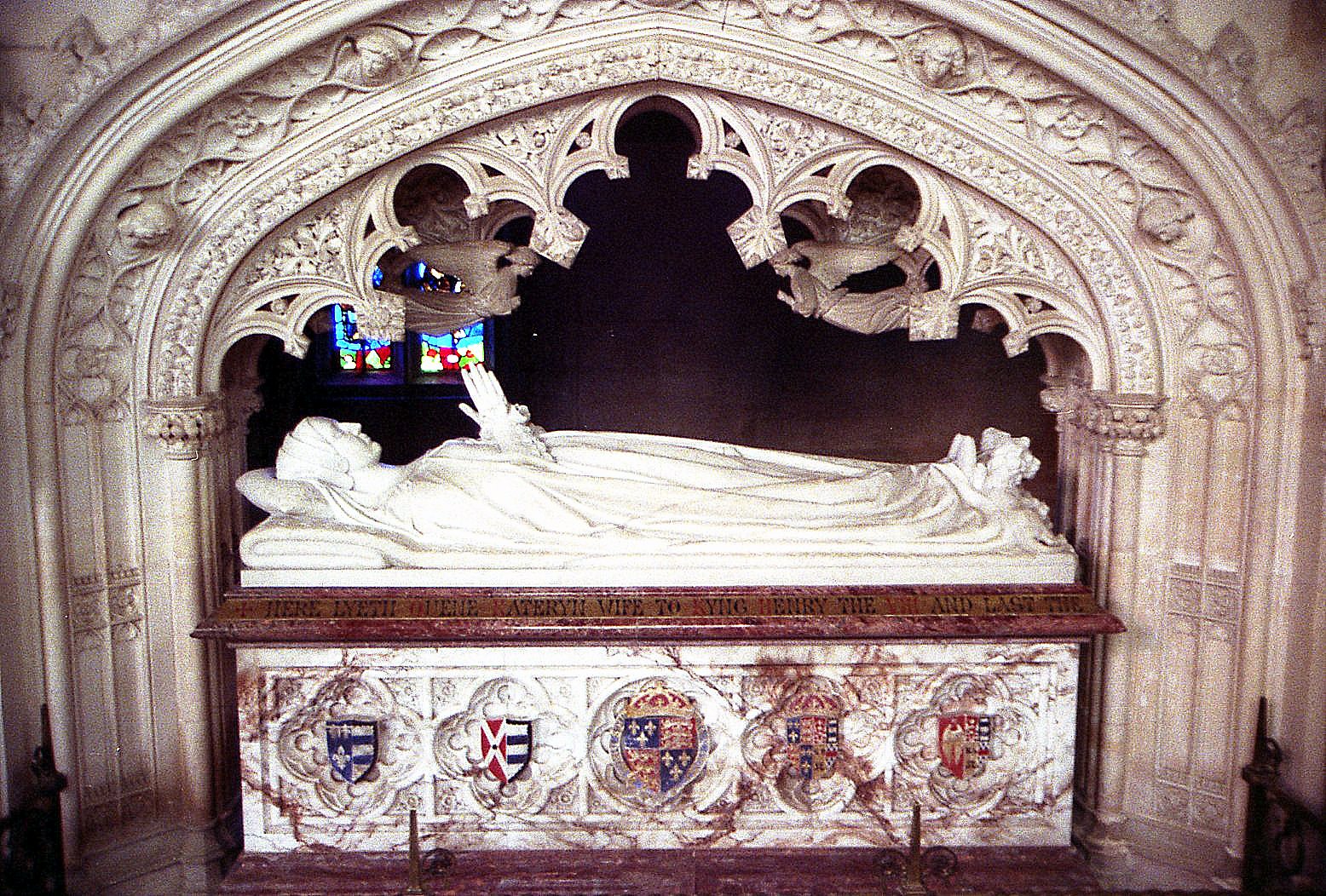
Blenheim Palace, the seat of the Dukes of Marlborough, is a country house in Woodstock, Oxfordshire. The land was given to the 1st Duke, John Churchill, by Queen Anne for his military triumphs in the War of Spanish Succession. His victory at the Battle of Blenheim was the final major battle of the war. Construction began in 1705 and was completed in 1720.
The most famous connection to Blenheim Palace is Sir Winston Churchill. He was born there in 1874 while his parents were visiting. Though he did not live there, he returned often and spent time at the Palace.
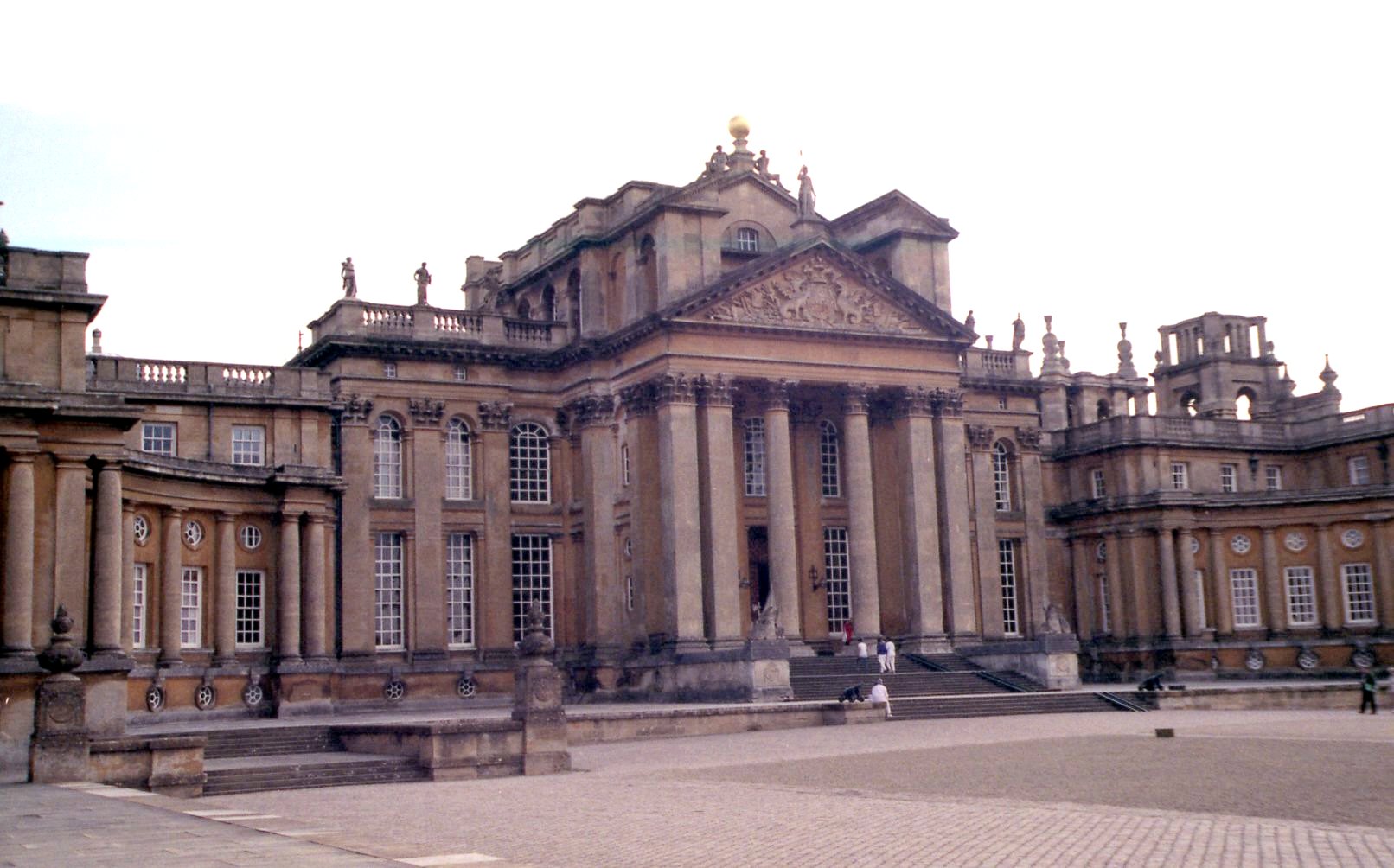

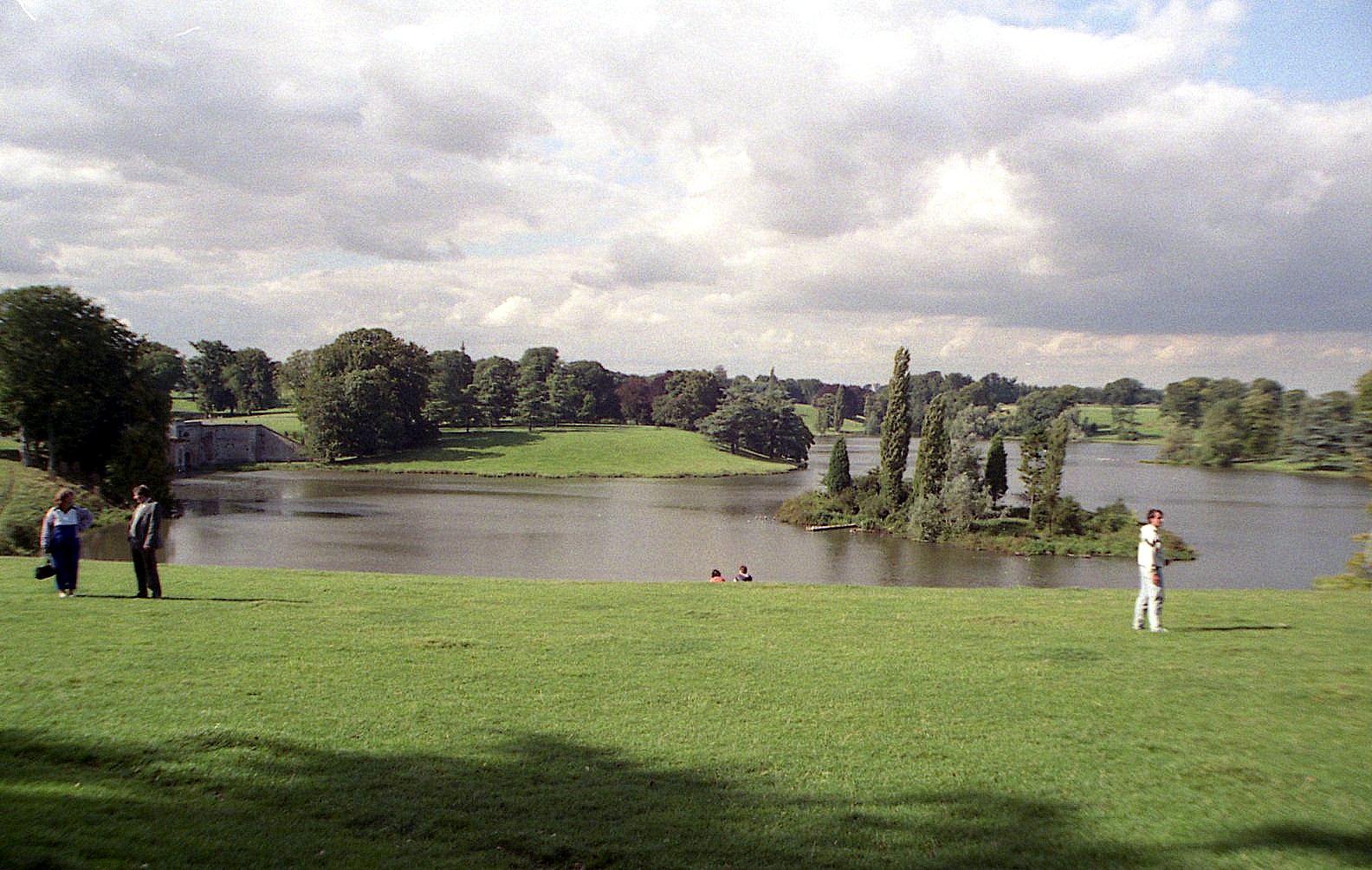
A Motte and Bailey castle, Arundel Castle sits above the Arun River in the medieval market town of Arundel in the South Downs of West Sussex about 4 miles from the English Channel. Work on the castle began around 1067 by Roger de Montgomery, cousin to William the Conqueror. The castle is currently owned and occupied by the Duke of Norfolk, Edward Fitzalan-Howard. The Fitzalan-Howards, one of Britain's oldest aristocratic families, have lived in the castle for more than 850 years.
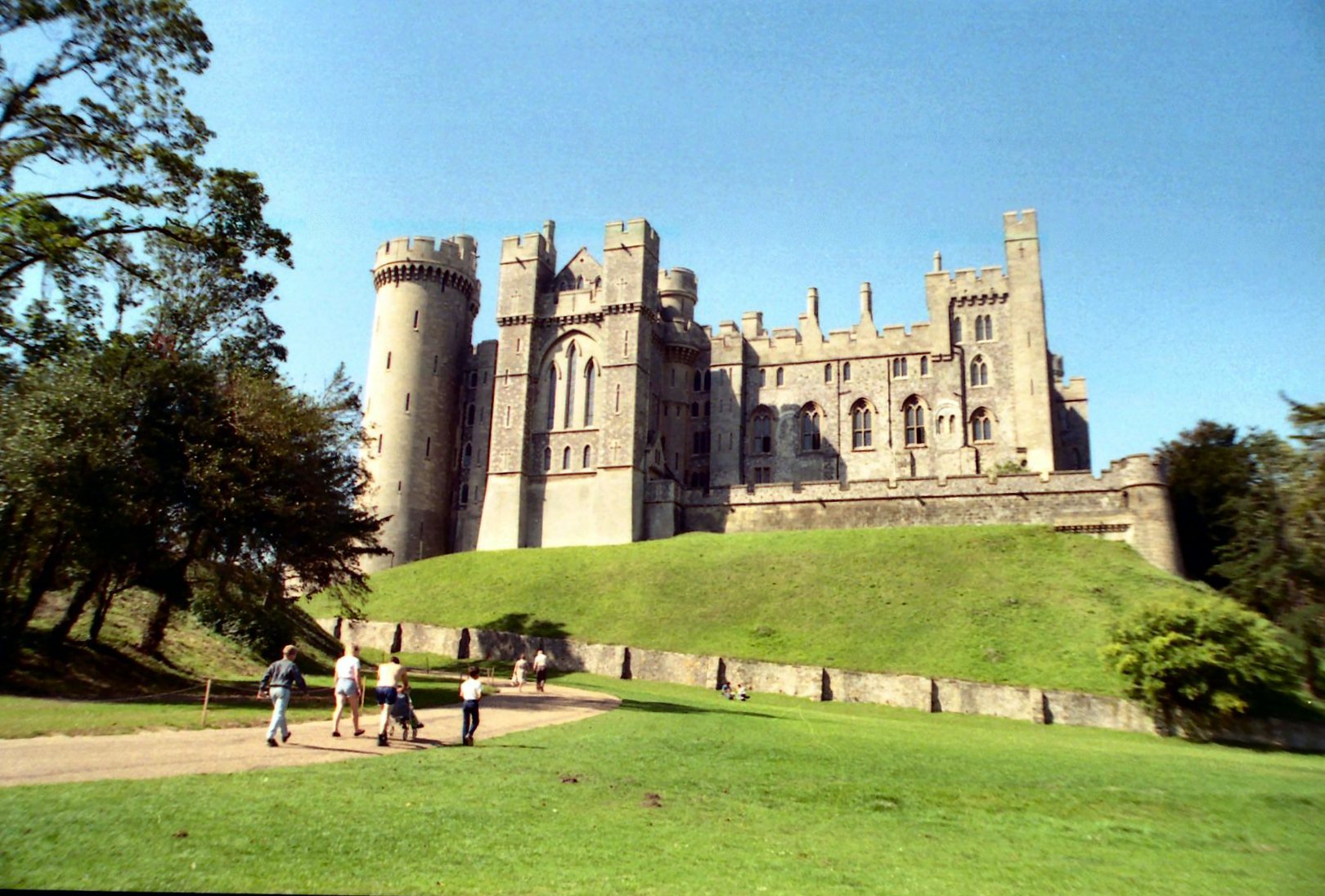
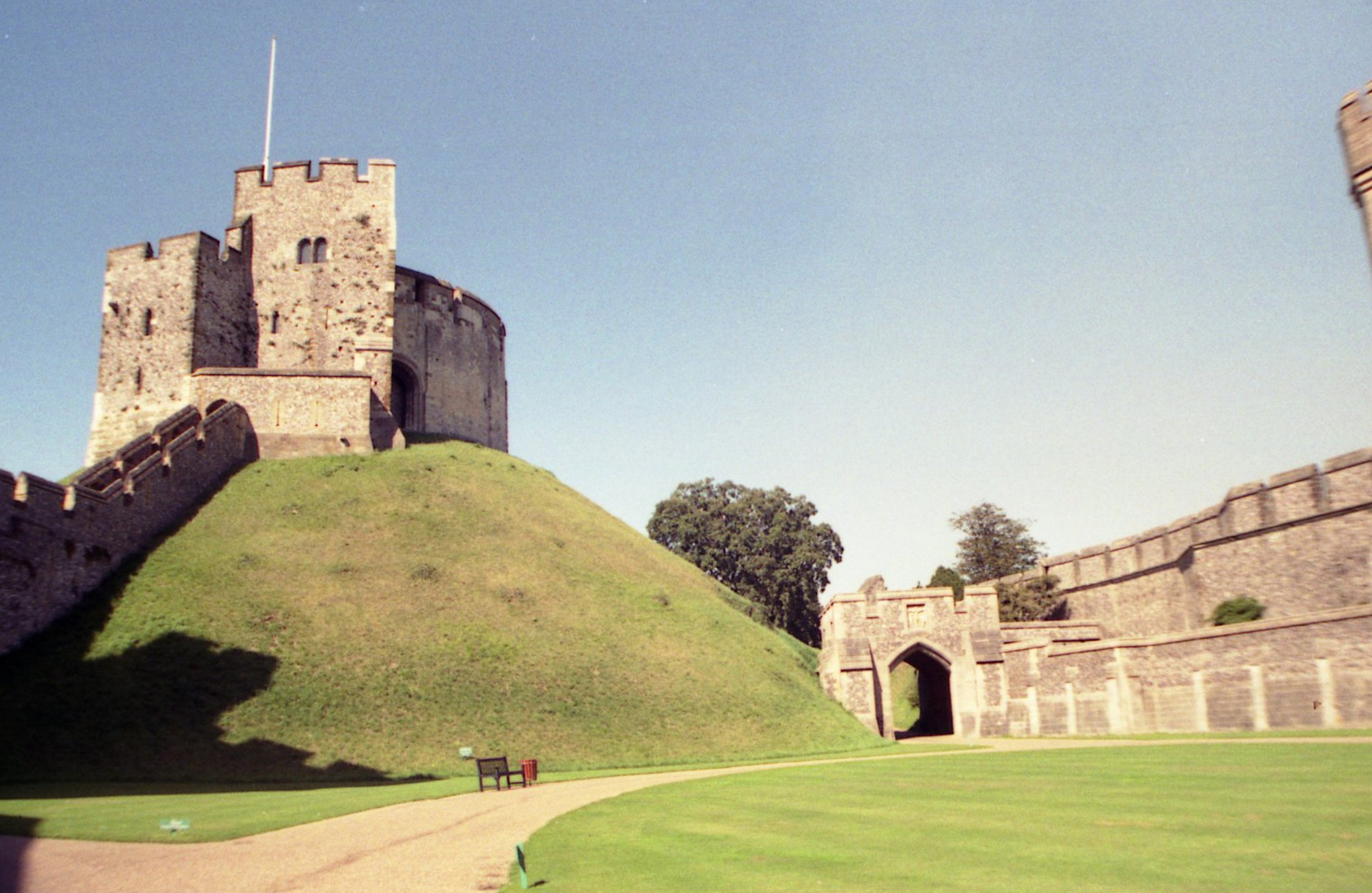


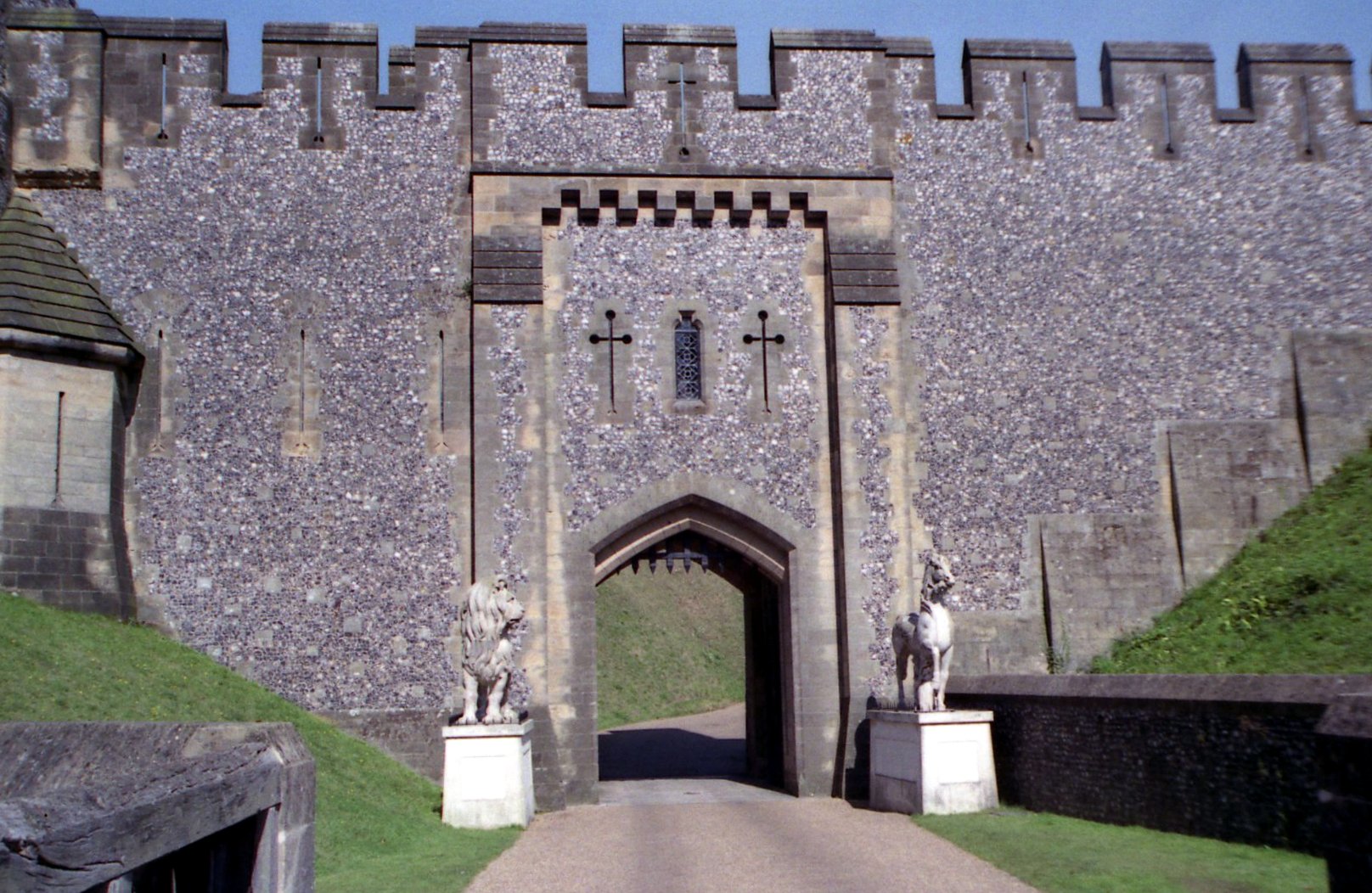

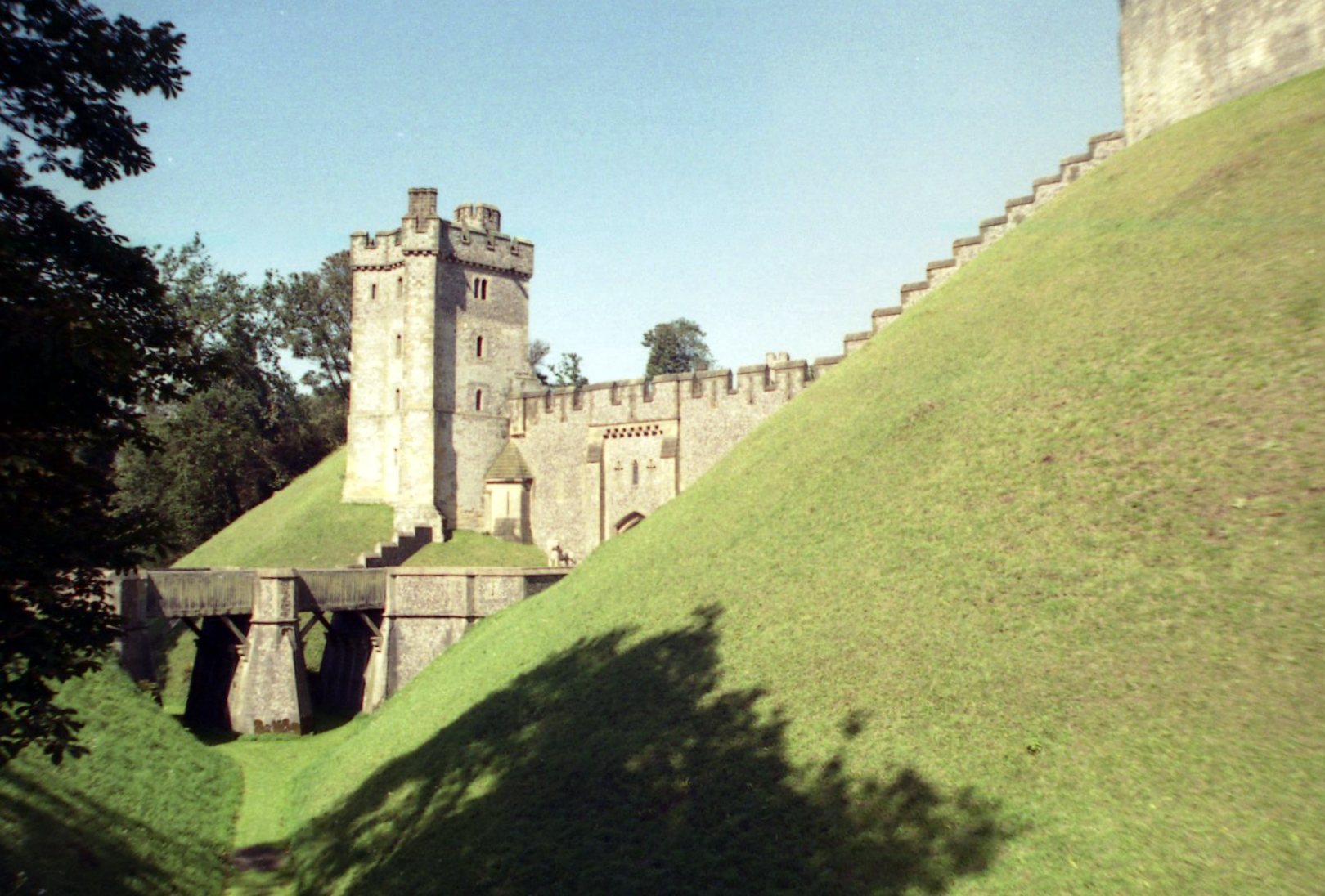
Though called the Tower of London, it is really a Concentric Castle sitting on the northern bank of the Thames River. It is formally known as His Majesty's Royal Palace and Fortress of the Tower of London and includes an outer Barbican. Founded in late 1066 by William the Conqueror, it gets its name from the White Tower, which was built in 1078. Today, the Tower contains the Crown Jools.
The White Tower has at various times served as a prison. Among the noted residence of the prison were William Wallace, the "Princes in the Tower" Edward V and his brother Richard, St. Thomas Moore, Catherine Howard, fifth wife of Henry VIII, Queen Elizabeth I, Sir Walter Raleigh, William Penn, Flora MacDonald, Rudold Hess (leader in the Nazi Party). The last person executed in the Tower was Josef Jakobs, a Nazi spy, who was shot in 1941. And the last people to be held in the Tower were the Kray Twins, in 1952, for failing to report to national service.

Buckingham Palace is the administrative headquarters of the Monarch of the United Kingdom as well as the royal residence in London. Originally it was a large townhouse built by the Duke of Buckingham in 1703. It was acquired by King George III in 1761 as a private residence for Queen Charlotte then known as the Queen's House. In the 19th century it was enlarged and, in 1837, Queen Victoria made it her London residence. From around 1791, it became known as "Buckingham Palace".
During WWI, the Palace escaped any damage though the valuables were moved to Windsor Castle for the duration. Unfortunately, the Palace did not fare so well in WWII. It was bombed nine times destroying the Chapel in 1940. On Sep 15 of 1940, the Palace probably escaped major harm when RAF pilot Ray Holmes flew his Hawker Hurricane fighter into a German Dornier Do 17 bomber which he believed was going to bomb the Palace. Holmes subsequently bailed out and the Hawker crashed into Victoria Station.
The Palace is always owned by the reigning monarch by right of the Crown. However, it is not a part of the Crown Estate but passes to the next monarch. The British government is responsible for all maintenance of the Palace in return for the profits made by the Crown Estate.
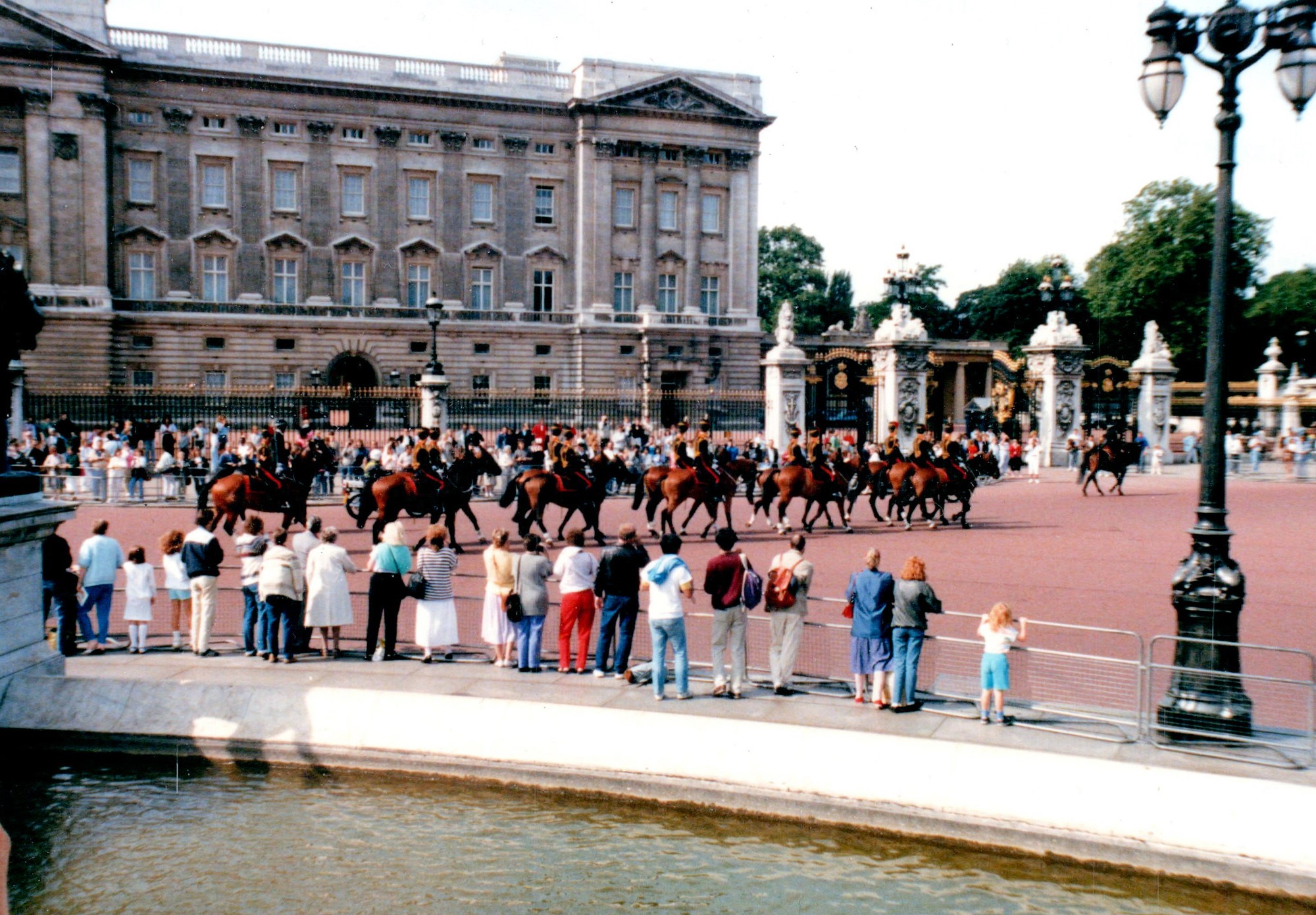
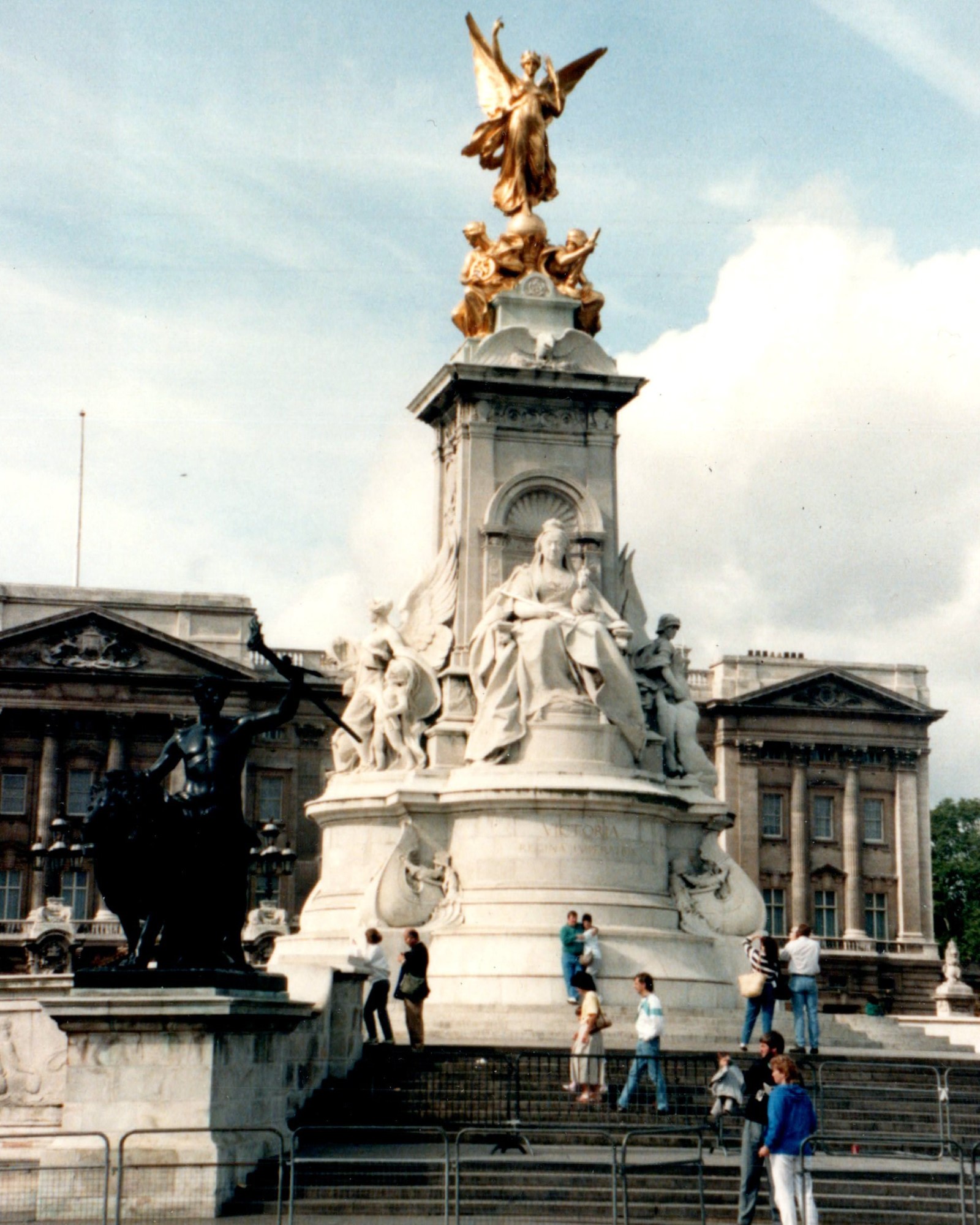
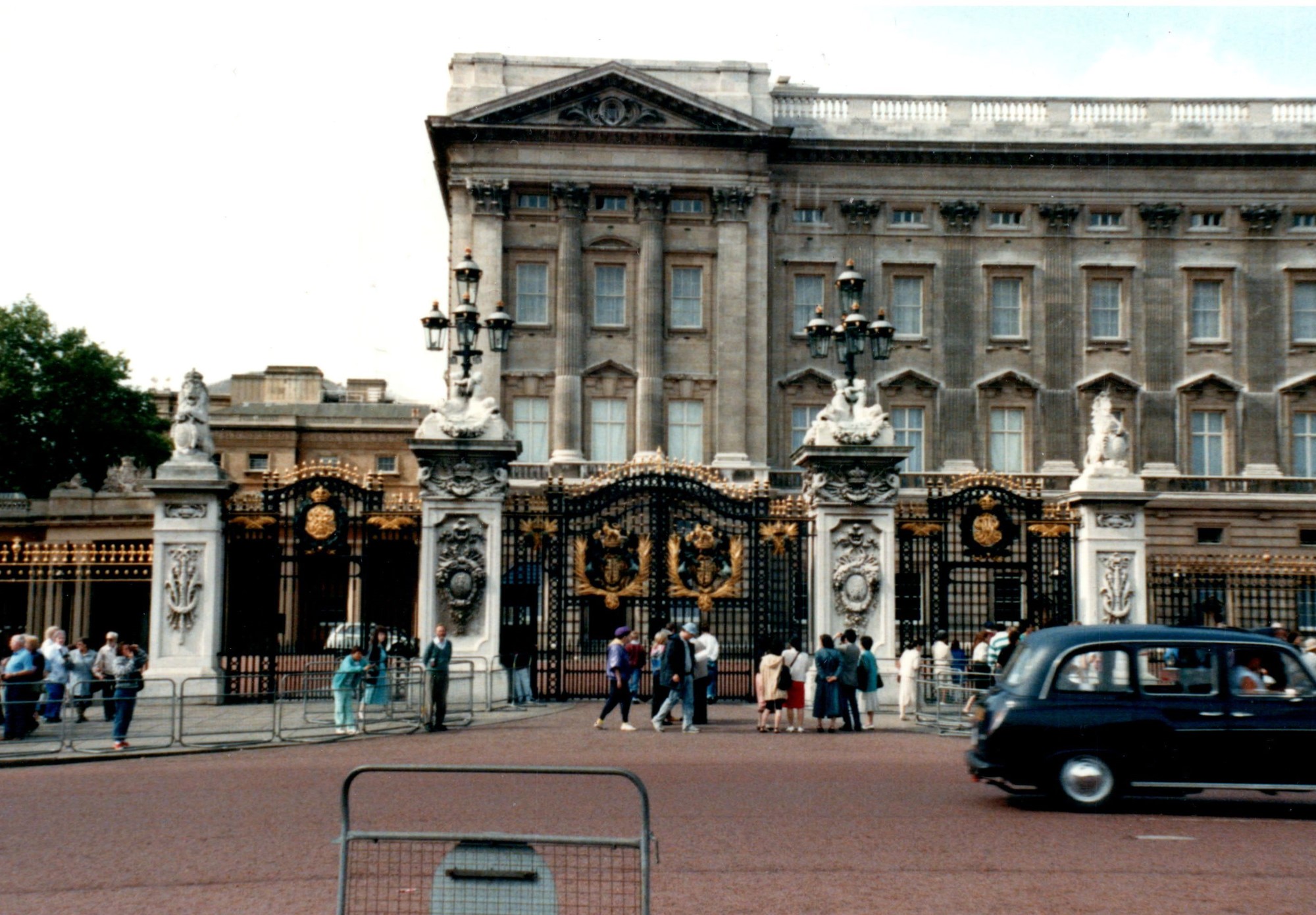
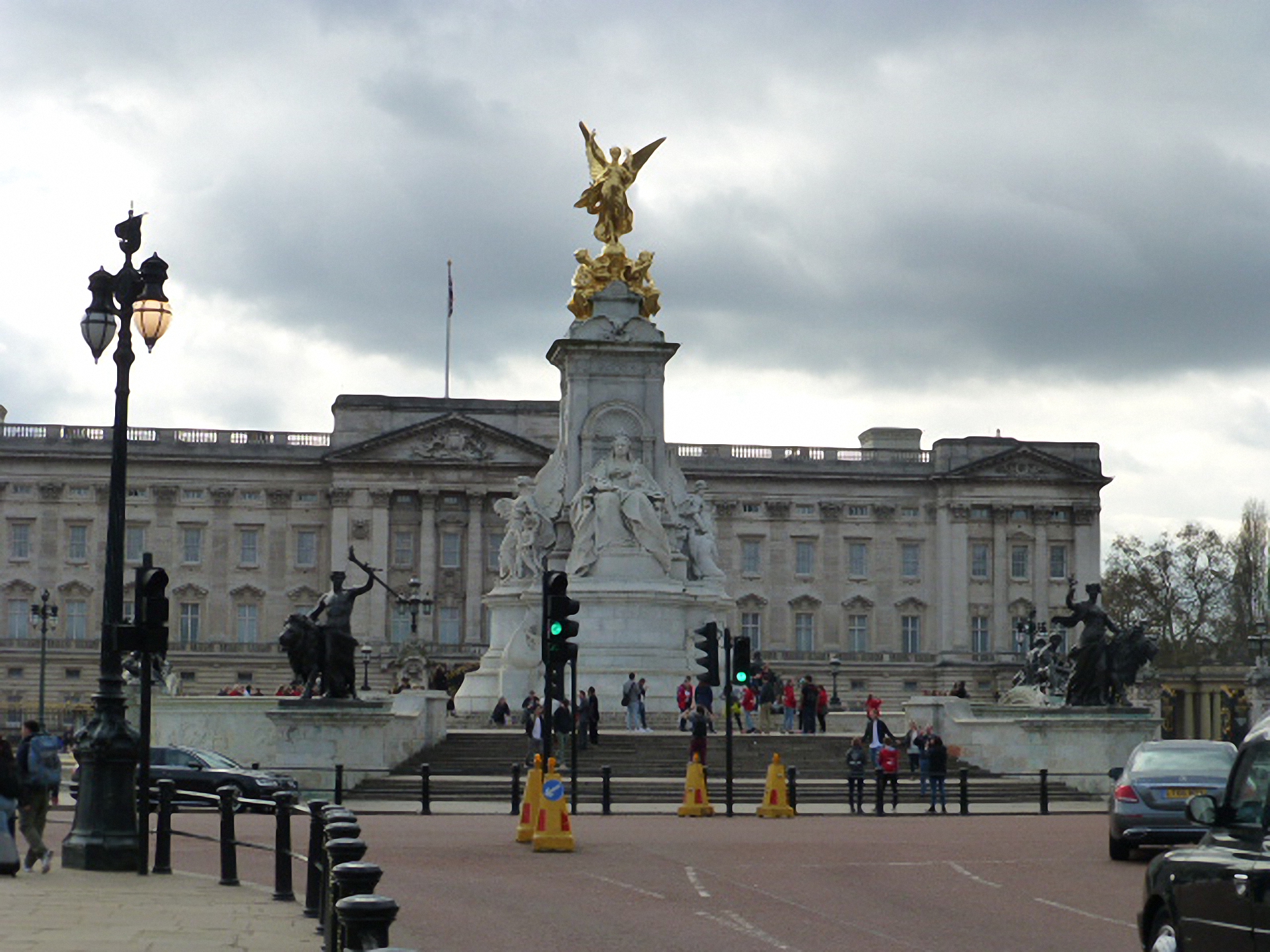
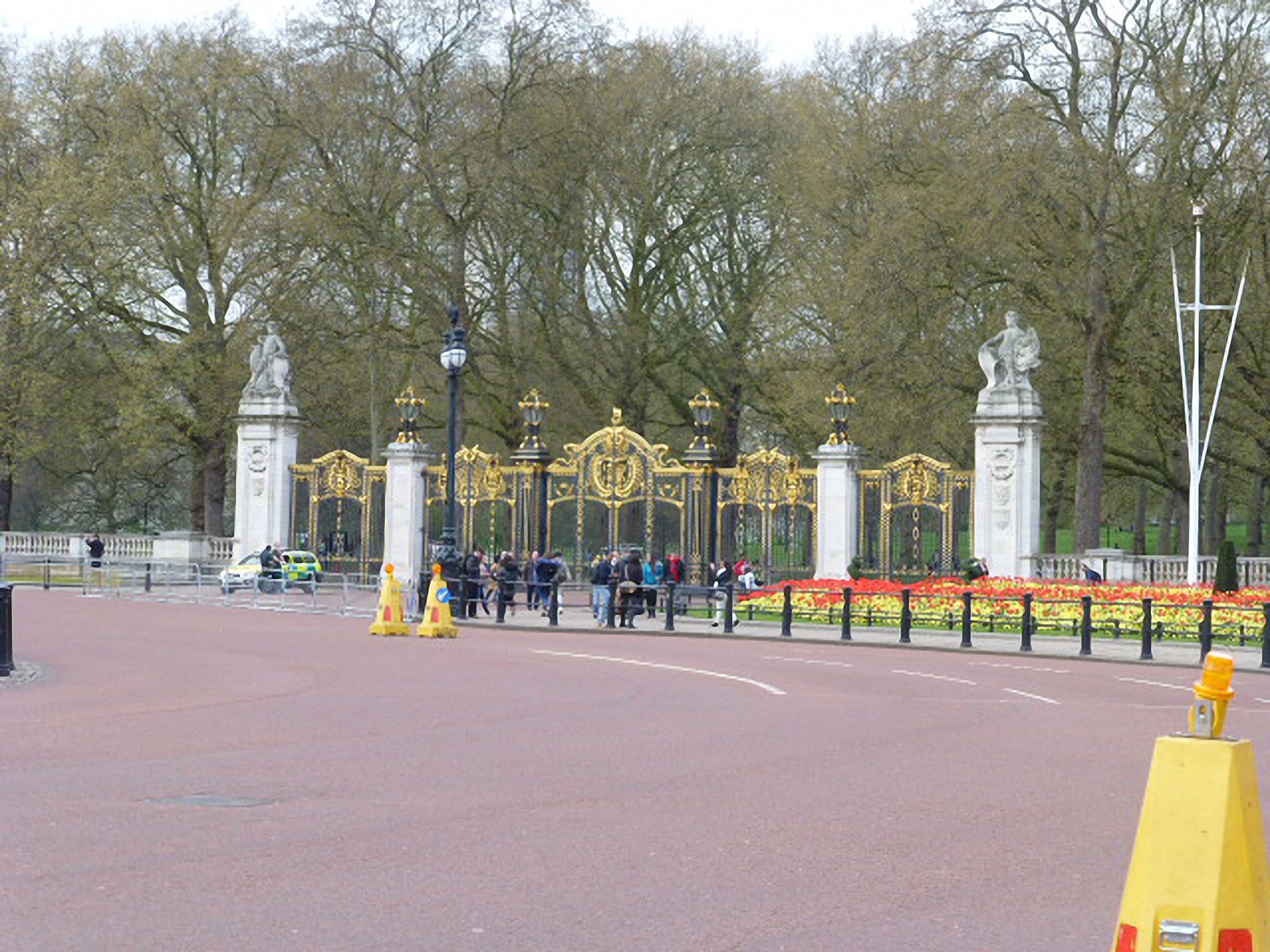
While driving through the English countryside, I would, from time to time, pass old castle ruins. I decided to stop at one. Unfortunately, I couldn't go in and I didn't get a location...but I did get a picture.
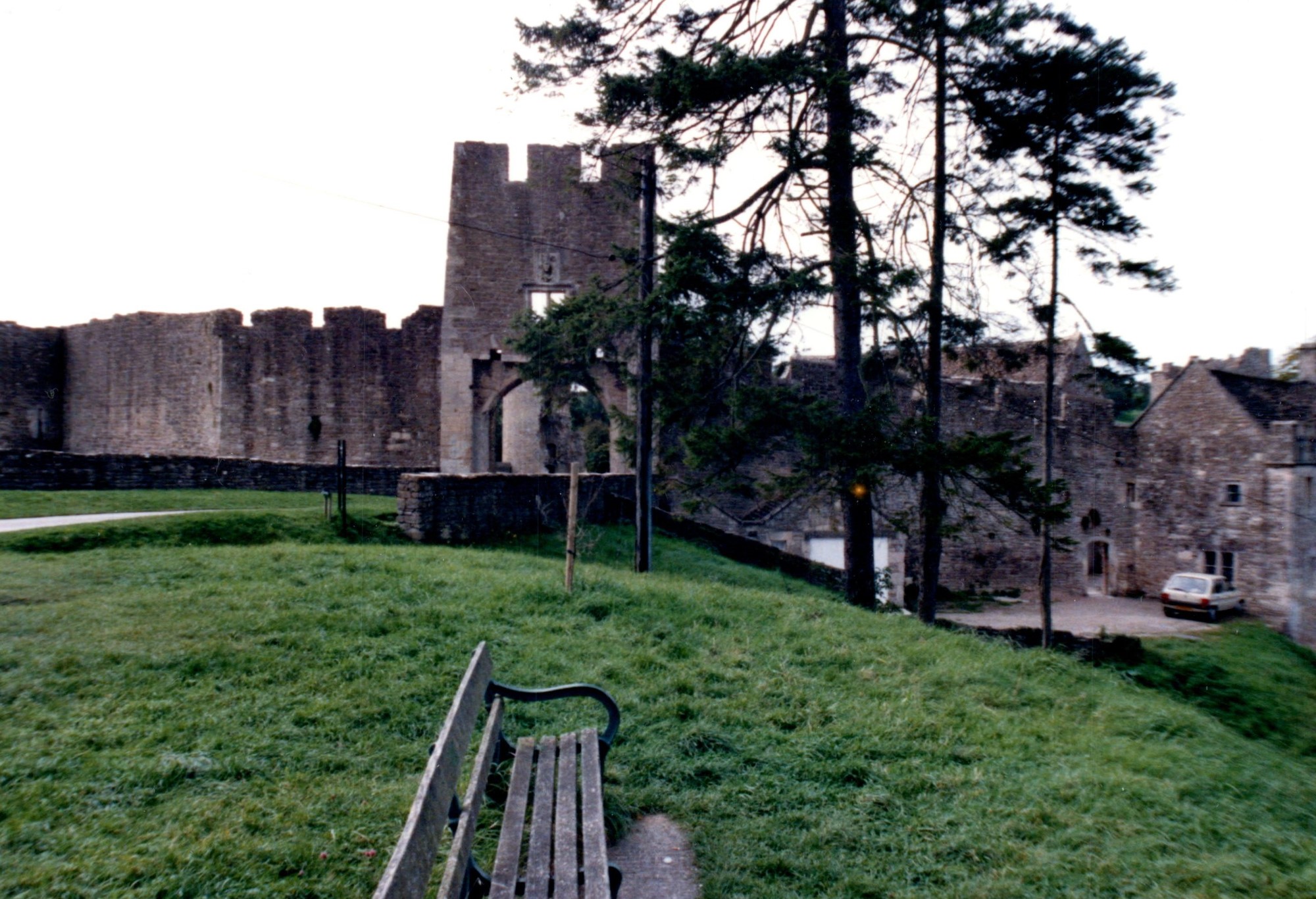
Located in Caldicot, Monmouthshire, in southeast Wales, Caldicot Castle is a medieval castle built by the Normans around 1100AD. The original castle was a simple Motte and Bailey until 1170 when the Stone Keep and curtain walls were added. The castle passed to the Crown in the late 14th century and then into neglect. In 1185 it was in the hands of the Cobb family who did extensive restorations. In 1964, Chepstow Rural District Council bought the castle from the Cobb family for £12,000 where it remains to this date.
 To Scottish Castles & Palaces
To Scottish Castles & Palaces